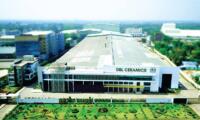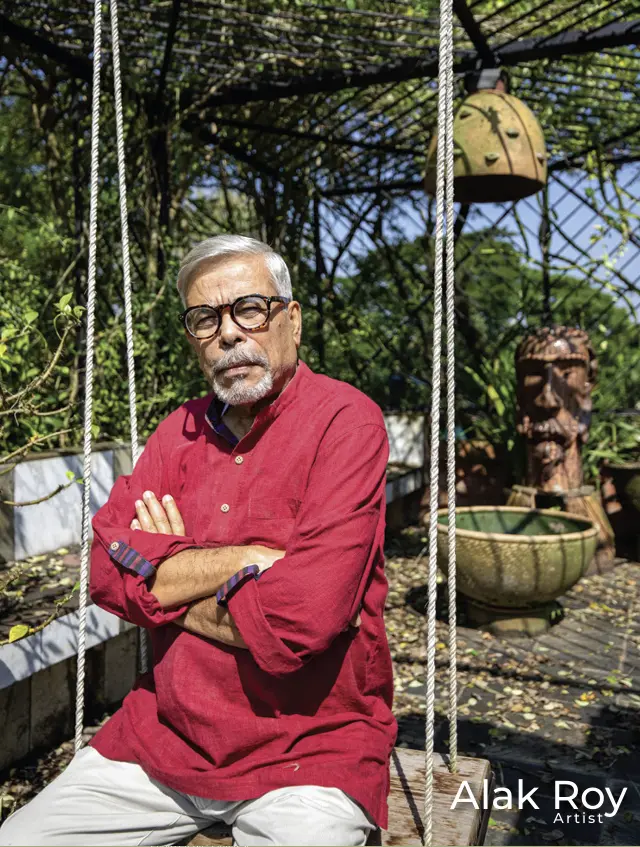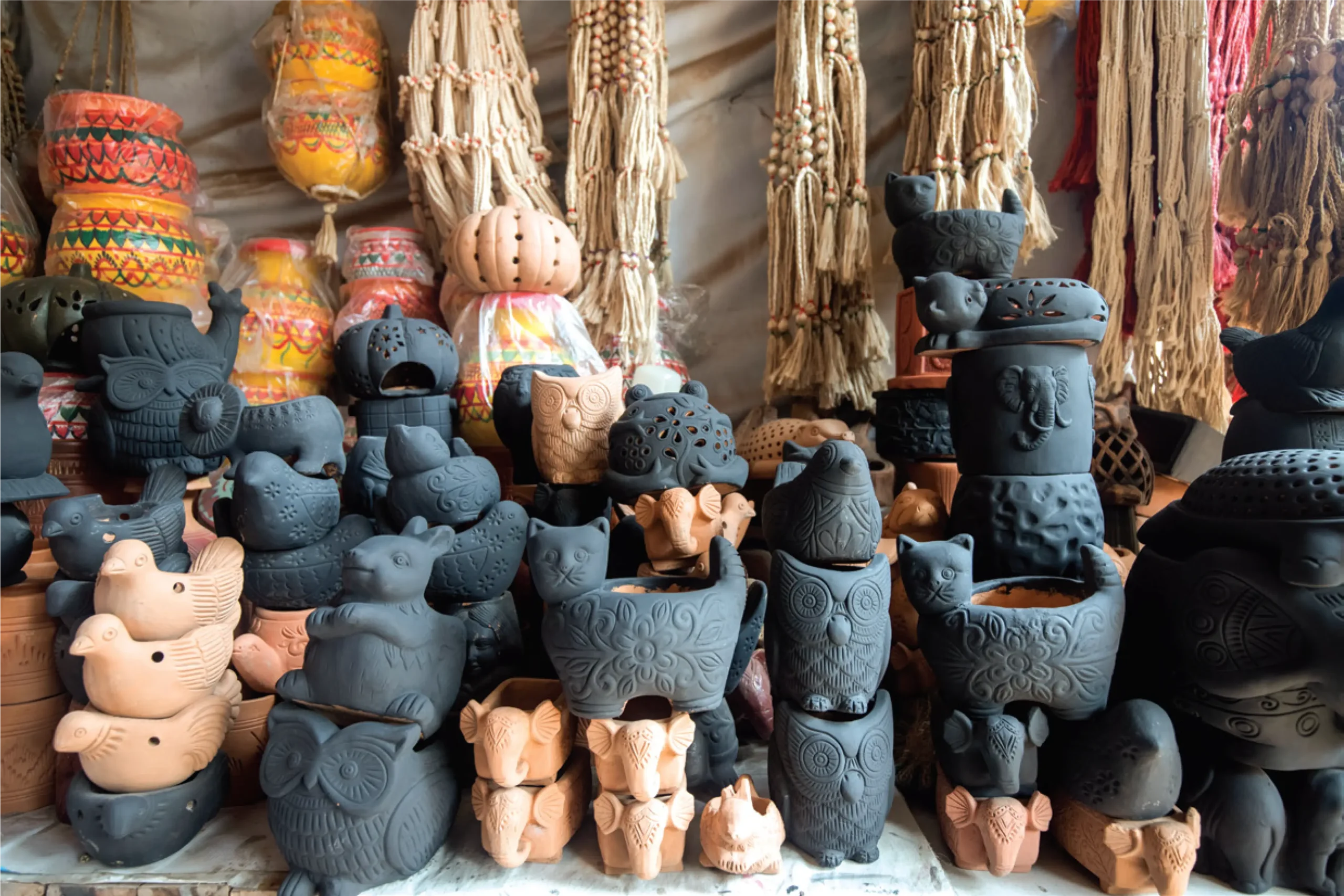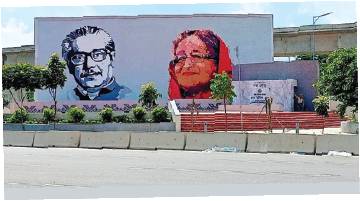
Even though terracotta has thousands of years of history in this region, there is no dearth of demand for the art in the modern era as well. Rather, people’s taste has changed with rising income and innovative design increases the art’s demand.
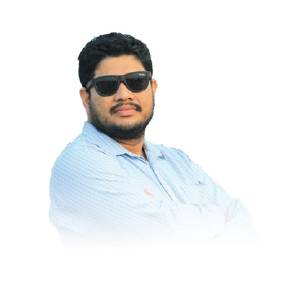
People want to hold their history and tradition through terracotta, murals and sculpture. Nowadays, terracotta murals with traditional Bengali folk symbols and the Liberation War are seen on walls of different establishments such as museums, educational institutions, offices, stadiums, restaurants and squares of roads. The symbols of the Language Movement and Liberation War are noticeable arts in the country. These terracotta murals and sculptures touch people’s hearts easily as history was made through a bloody struggle. In Bangladesh, different ministries and departments allocate funds to set up the arts at various places
Nokkhotro ensures innovative design
The Nokkhotro is a sculpture and pottery institute established in 2009 by artist Ashraful Alam Riaz in collaboration with Muhammad Rawshan Ali so that the history and traditions of the country can be highlighted through art works to the next generations. “We are moving forward by doing small art-works. At the end of 2011, the artist, Shrivas Basak, joined the Nokkhotro. After that, we never looked back.

Today’s Nokkhotro is the result of our tireless work,” Mr Ashraful said. In this context he recalled the contribution of two persons to establishing the institution –Shrivas Basak and Khorshed Alam. However, he was working at Nokkhotro till March 2019,” Ashraful added. Nokkhotro has around 150 artworks till date and most of them are mural and terracotta. “I only built a sculpture ‘Bangabandhu sculpture’ at Rajbari road square of Faridpur,” he shared with author. However, despite a huge demand for pottery items in the global market, Bangladesh cannot take the opportunity due to lack of proper marketing, and policy support from the government
He explained that the demand for Bangladesh’s pottery items like crockery, mural, and terracotta have a good demand in local and international markets, thanks to unique designs. He regretted that the country cannot earn more money from the industry by exporting these items due to lack of policy support and marketing difficulties. “I urge the Cultural Affairs Ministry to take an initiative to arrange fairs at home and abroad so that our artists can display their art works in those exhibitions,” Mr Ashraful said. Terracotta are made with clay, and mural and sculptures with ceramic plates, he said, adding that emperors had in the past used earthenware and decorated their basilicas as well as different important places with mural and sculptures by famous artists. Nowadays, murals and sculptures are built in different sites to recall history and enhance beauty of a site
Key arts of Nokkhotro
“My institution has already produced 120 murals, 30 terracotta and one sculpture,” the artist said. Their remarkable mural and terracotta are ‘52-71 Shironam’ and ‘Sheikh Rashel’ murals on the walls of Shukrabad New Model Degree College in Dhanmondi, ‘Muktir Dak’ mural at Nikunja-1 of Khilkhet, which was inaugurated by former President Abdul Hamid, Bangabandhu Memorial Ghat Mural in Tungipara of Gopanjang, Terracotta of Osmani International Airport in Sylhet, ‘Prerona’ mural in Dinajpur, Muktijoddha and Bangabandhu terracotta in Tetulia, ‘Rouhani Manzil terracotta and mural at Bir Muktijoddha Mofiz Angur Museum in Natore, ‘Shaheed Sritisoudh’ Shikhari Para Tozammel Hossain Chowdhury Degree College Premises in Nawabganj Upazila.
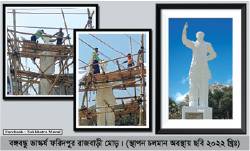
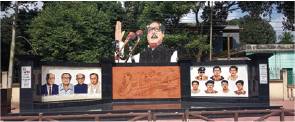
He also added that their works on terracotta, and murals are going on, at Dinajpur DC office gate, Narayanganj Rupganj Upazila Parishad Gate, Rupganj Upazila health Complex gate design, and Madhubagh Park. Several new projects to be implemented in different parts of the country are awaiting for approval, Mr Ashraful added.
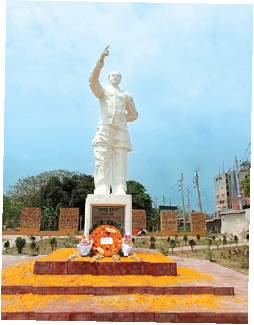
Murals on two ends of Padma Bridge
The highest two murals in Bangladesh are ‘Bangabandhu and Sheikh Hasina’ Murals on both ends of Padma Bridge. One is Mawa site of Munshiganj and another is Zanjira site of Shariatpur that increased the beauty of the Padma Bridge, artist Ashraful said. “We have built Jamdani murals on both Mawa and Zanjira sites; this is our best work so far. The mural of Zanjira site is 72-foot tall, and 36-foot tall. The mural at Mawa end is 90-foot talland 40-foot tall,” he informed this author. “We used to engage 18 artists and 22 workers between April and June 2022 to construct the Padma Bridge mural at the Zanjira site.” We built a special studio for the work there. Portraits of Bangabandhu Sheikh Mujibur Rahman and his daughter Prime Minister Sheikh Hasina were placed on the walls on the banks of the Padma River, decorated step by step with Chini-Tikri,” he also said. The artist added that primarily they thought of creating a mural with ceramic tiles, but later opted for high-quality ceramic plates considering the bright colours and durability.
“A total of 15,000 plates of 37 types of colour were used in the two. These are called ‘Chini Tikri’. And 30 types of coloured plates were used to produce the portrait of Prime Minister Sheikh Hasina. These ceramic plates are not usually produced by ceramic companies. However, Artisan Ceramics made 8,000 plates used in the Mawa end’s mural, and Monno Ceramic made 7,000 plates used in Zanjira end mural. These are the biggest murals in Bangladesh.”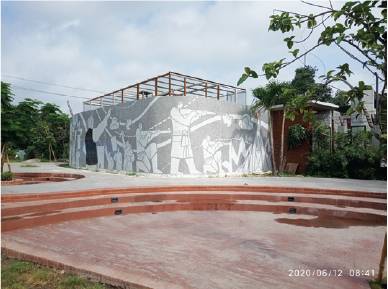
Use of Ceramic products
“Now we use 100 per cent ceramic products while we make murals. The ceramic products ensure durability and colour bring brightness in our arts,” he said. “As ceramic products are used in our works, I request ceramic companies to sponsor us to continue our work across the country and the globe. It will help to expand the ceramic market as well.” “We want to keep Bangladesh’s tradition and history through murals, terracotta and sculpture for the next generations. I have a plan of building 100 most influential people’s mural across the country. Prime Minister Sheikh Hasina will be one of them as she has a contribution to the economy,” Ashraful said. He pointed out that their key challenge is financing support. “It is tough to deal with a family only having involved in the profession. If we get more work, then there is no problem.”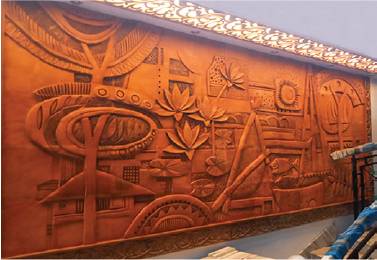
Marking the MujibBorsho, celebrating the birth centenary of Father of the Nation Bangabandhu Sheikh Mujibur Rahman, was a good time for artists because many murals, terracotta, and sculptures were built during the period. “I was so busy during Covid-19; I used to work more then. Thirty eight arts were completed during the MujibBorsho. In many cases, we worked jointly with artists Bulbul, Billal, Polash, Gobinda, Faruqe and Shahin,” he added.
Industry’s current situation and prospects
Now around 50-60 artists are involved inside and outside of 8-10 institutions in the sector across the country. Many students come out from the Fine Arts Institute of Dhaka University every year but only a few are involved in the industry.
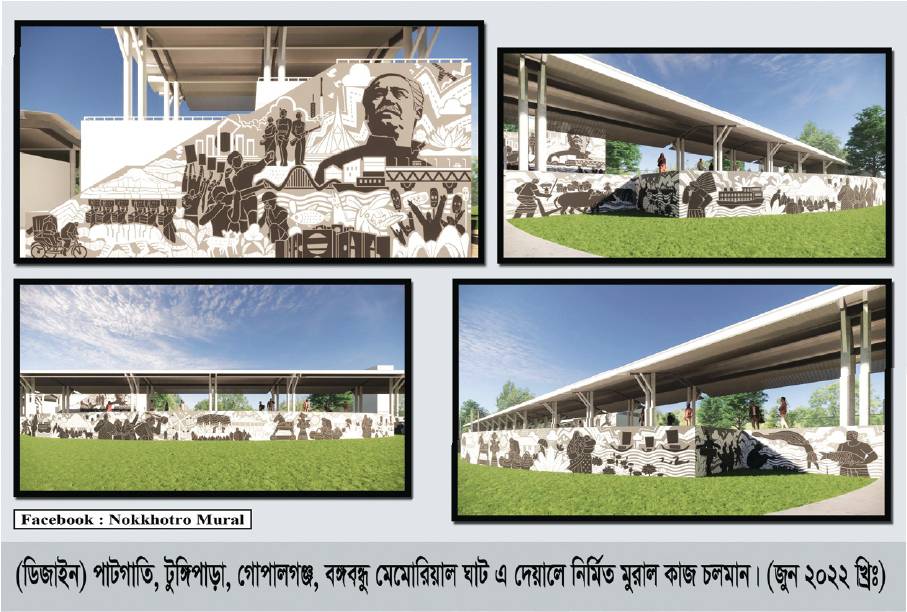
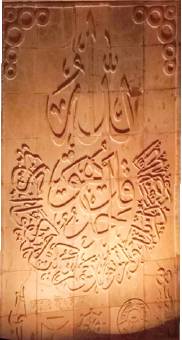
Its key reason is financial issue,” he said. “We notice a huge demand for our arts in the international market. Our Cultural Ministry should arrange fairs and exhibitions in different places at home and abroad. We need marketing to display to the world; we can earn more foreign currencies which would help to boost our economy.”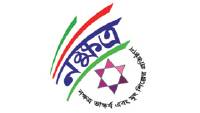
He, however, suggests, newcomers who would like to come to the sector should be persistent, and take challenges. Artists can uphold the country’s history and tradition. “So, we need proper policy support from the government.” Written by Rafikul Islam



